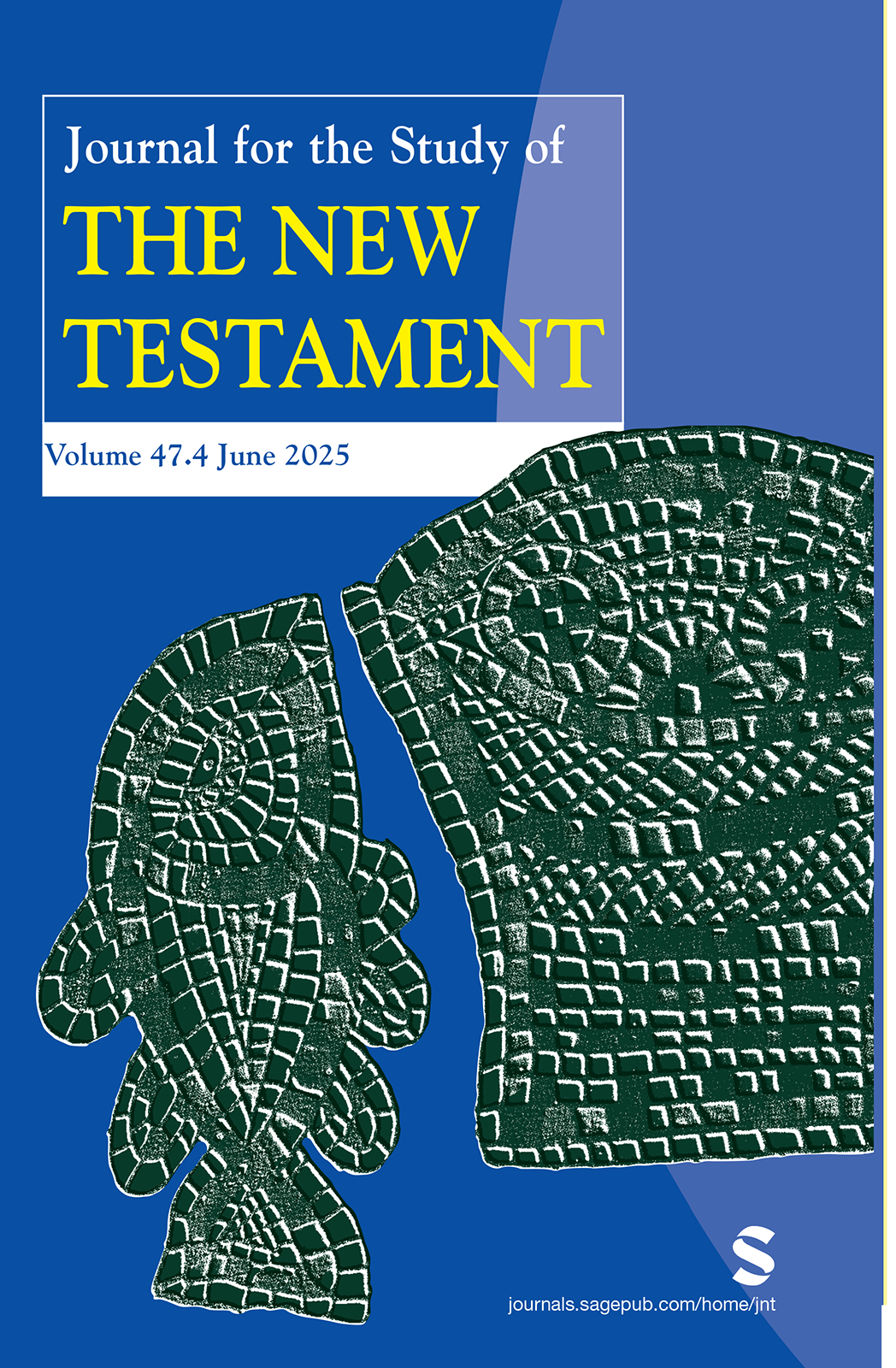https://doi.org/10.1177/0142064X241235319
마가복음이 전기(biography)로 규정될 경우, 마가의 제자들은 여전히 복음서 독자들을 위한 역할 모델로 간주될 수 있는가? 이러한 오랜 서사 해석의 흐름은 최근 헬렌 K. 본드(Helen K. Bond)에 의해 시대착오적이라는 이유로 거부되었다. 그녀는 그리스-로마 전기에서 부차적 인물들은 오직 주인공의 모습을 부각하기 위해서만 포함된다고 주장한다. 이에 대한 반론으로, 본 논문은 고대 전기들이 주인공의 추종자들을 사용하여 영웅을 모방한다는 것이 무엇을 의미하는지 명료화하고, 확장하며, 완화하는 다양한 모방 패턴(mimetic patterns)을 정기적으로 제공했음을 보여준다. 특히, 마가복음의 부차적 인물들은 잠재적인 예수 추종자들을 위해 세 가지 대안적인 행동 패턴을 제공한다. 예수의 순회 설교, 치유, 축귀 사역을 모방하는 '사도들'. 사도들에게 음식과 쉼터를 제공하는 '환대자들'(hosts)'. 자신의 능력과 사회적 지위에 따라 다른 방식으로 운동을 섬기는 '후원자들'(supporters).
Can the Markan disciples still be viewed as potential role models for the Gospel audience if Mark’s writing is identified as a biography? This long-standing line of narrative interpretation has recently been rejected as anachronistic by Helen K. Bond, who maintains that in Graeco-Roman biographies, secondary characters are only included for what they bring to the portrait of the protagonist. In response, this paper demonstrates that ancient biographies regularly use followers of their main characters to provide multiple mimetic patterns that clarify, broaden, and mitigate what it means to imitate their heroes. In particular, Mark’s cast of secondary characters offers three alternative patterns of behaviour for potential followers of Jesus: apostles, who emulate his itinerant lifestyle of preaching, healing, and exorcism; hosts, who provide apostles with food and shelter in their homes; and supporters, who serve the movement in other ways in accordance with their abilities and social status.





